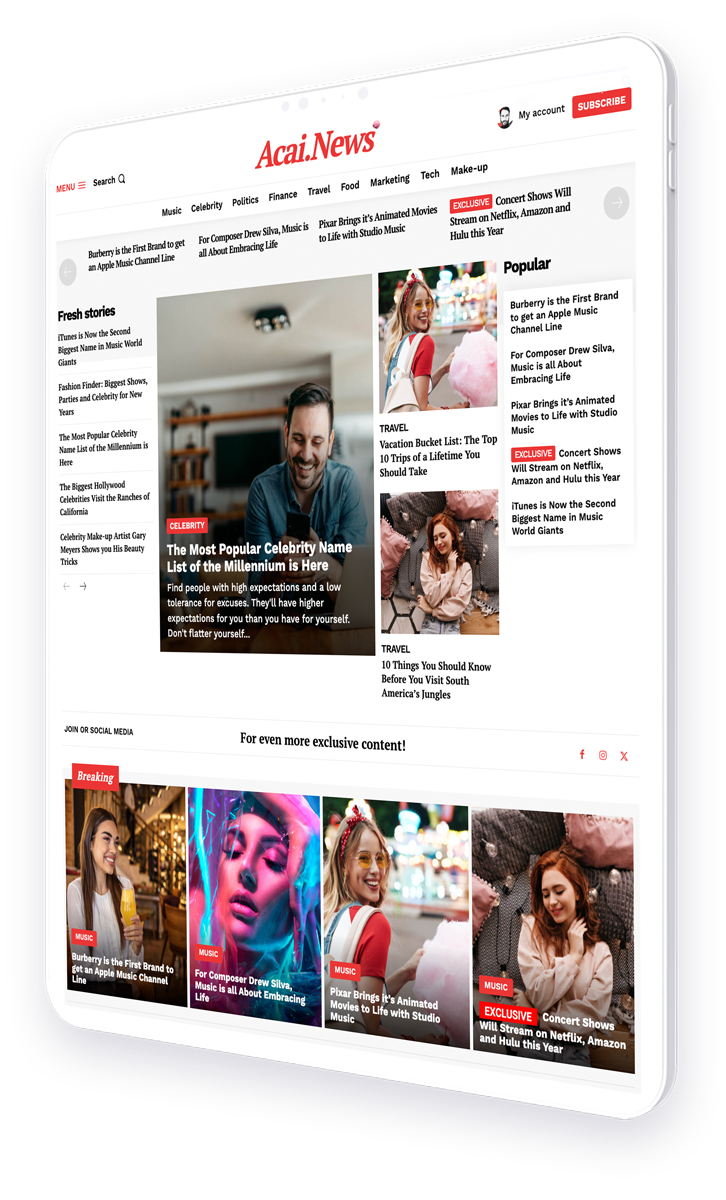Discover how magazine analytics can be a goldmine for identifying SEO-qualified content opportunities, enhancing your digital marketing strategy, and boosting your online visibility
In the digital age, the intersection of traditional magazine content and modern SEO practices presents unique opportunities for content creators. Magazine analytics, often overlooked, can provide profound insights into what content resonates with readers, which can be leveraged to enhance online visibility and engagement. This article explores how to use magazine analytics to identify SEO-qualified content opportunities, backed by real-world examples and actionable strategies.
- Understanding Magazine Analytics
- Integrating SEO with Your Content Strategy
- Identifying SEO-Qualified Content Opportunities
- Case Studies
- Implementing Strategies for Success
- Conclusion
Understanding Magazine Analytics
Magazine analytics involve the collection and analysis of data regarding the readership and performance of magazine content. This data can include, but is not limited to, readership demographics, engagement rates, and topic popularity.
- Readership Demographics: Understanding who reads the content, including age, location, and interests.
- Engagement Rates: Analyzing how readers interact with the content, such as time spent on page and social shares.
- Topic Popularity: Identifying which topics garner the most interest and engagement among readers.
These analytics help publishers understand what attracts and retains readers’ attention, providing a foundation for SEO-focused content strategies.
Integrating SEO with Your Content Strategy
SEO, or Search Engine Optimization, involves optimizing web content to increase visibility and ranking in search engine results pages (SERPs). Integrating SEO with magazine analytics involves several key components:
- Keyword Research: Identifying popular keywords and phrases from magazine content that can attract organic traffic.
- Content Optimization: Enhancing existing content with SEO best practices such as optimized titles, meta descriptions, and keyword integration.
- User Experience: Ensuring the content is engaging and accessible, reducing bounce rates and improving time on site.
By aligning content with what readers are already interested in, publishers can more effectively meet the needs of their audience while also attracting new readers via search engines.
Identifying SEO-Qualified Content Opportunities
Using magazine analytics to identify SEO opportunities involves analyzing data to uncover gaps and trends that can inform content creation. This includes:
- Content Gaps: Looking for topics that are underrepresented in current content but have high engagement metrics.
- Trend Analysis: Monitoring changes in reader interests and behaviors to predict future content needs.
- Competitor Analysis: Comparing content performance against competitors to identify areas for improvement.
These insights allow publishers to craft content that not only fills a niche but also has a higher chance of performing well in SERPs.
Case Studies
Several publishers have successfully used magazine analytics to boost their SEO efforts. For example, a lifestyle magazine used analytics to identify a rising trend in sustainable living. By creating targeted content around sustainability, they were able to double their organic traffic within six months.
Another case involved a tech magazine that noticed an increase in readership on articles about innovative mobile technologies. By focusing more content on this topic, they improved their search engine rankings and increased ad revenue.
Implementing Strategies for Success
To effectively use magazine analytics for SEO, publishers should consider the following strategies:
- Regularly Review Analytics: Continuously monitor analytics to stay updated with changing trends and reader preferences.
- Focus on Quality Content: Ensure that all content is informative, well-written, and aligned with reader interests.
- Engage with Readers: Encourage reader interaction through comments, surveys, and social media to gain further insights into their preferences.
These strategies can help publishers not only improve their SEO rankings but also build a loyal readership base.
Conclusion
Magazine analytics are a valuable resource for identifying SEO-qualified content opportunities. By understanding and implementing data-driven strategies, publishers can enhance their digital presence, attract more readers, and achieve sustainable growth in the competitive online landscape.
For further reading on SEO and content marketing strategies, visit Moz’s Beginner’s Guide to SEO.




